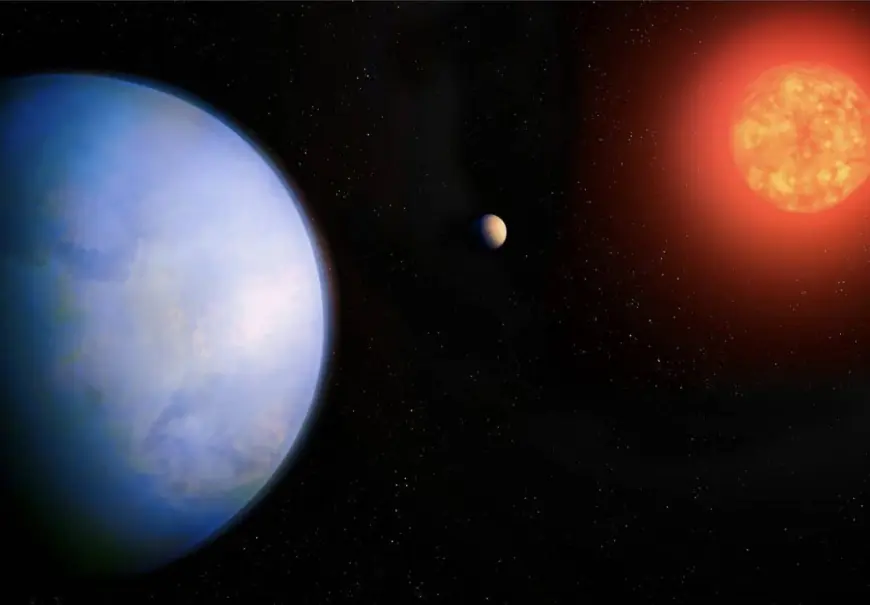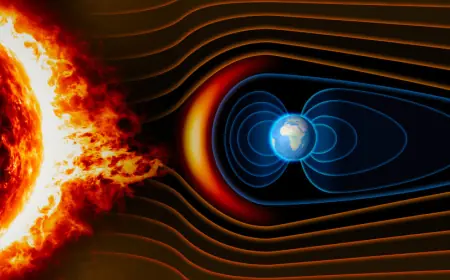Interesting: A potentially habitable planet — Gliese 251 c — discovered near the Solar System

Scientists have discovered a new planet, Gliese 251 c (GJ 251 c), located about 18 light-years away from the Solar System. This recently found “super-Earth” is considered one of the nearest and most promising worlds that could have conditions suitable for life.
GJ 251 c orbits a red dwarf star, GJ 251, in the constellation Gemini, completing one full revolution in 53.6 Earth days. The planet’s mass is about 3.8 times greater than Earth’s, but due to its proximity to the star and its relatively small size, it may retain enough heat to allow liquid water and possibly biological activity.
The planet’s atmosphere and environment provide scientists with an opportunity to study its climate, chemical composition, and the potential for life. Such super-Earths usually have rocky structures, are more massive than Earth but smaller than Neptune, and possess stable orbits.
The discovery was made through data from the HIRES, CARMENES, SPIRou, HPF, and NEID telescopes. Researchers carefully filtered out false signals caused by stellar activity to confirm the planet’s existence.
In the future, Gliese 251 c could be directly imaged by next-generation telescopes — the Extremely Large Telescope (ELT), the Thirty Meter Telescope (TMT), and the Giant Magellan Telescope (GMT). Astronomers regard it as one of the best northern sky candidates in the search for extraterrestrial life.

























